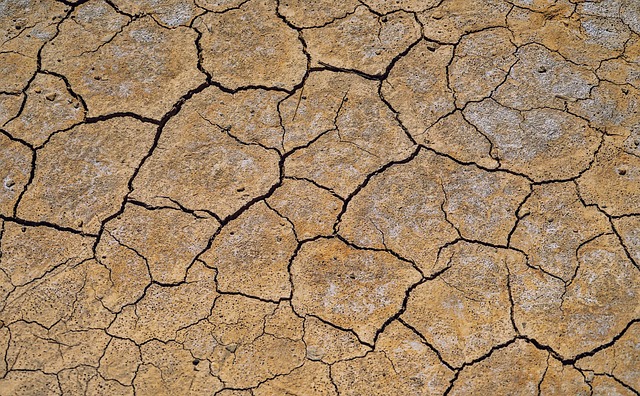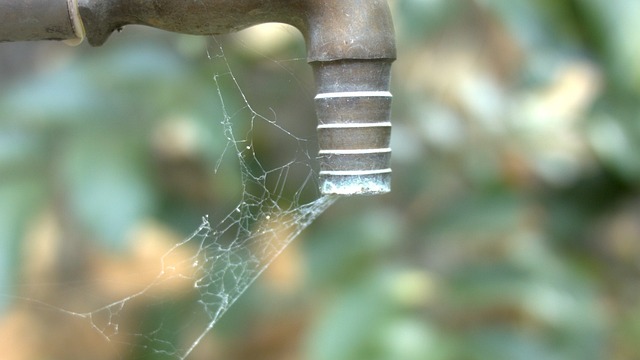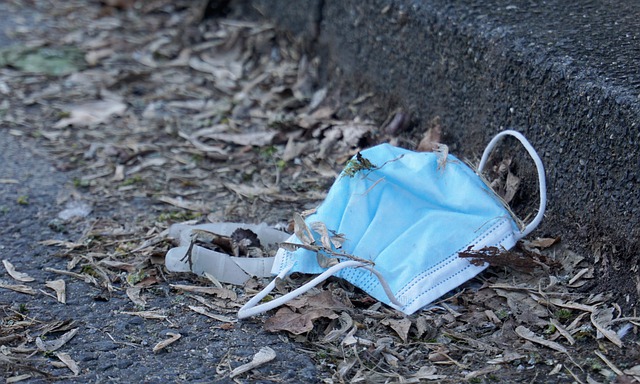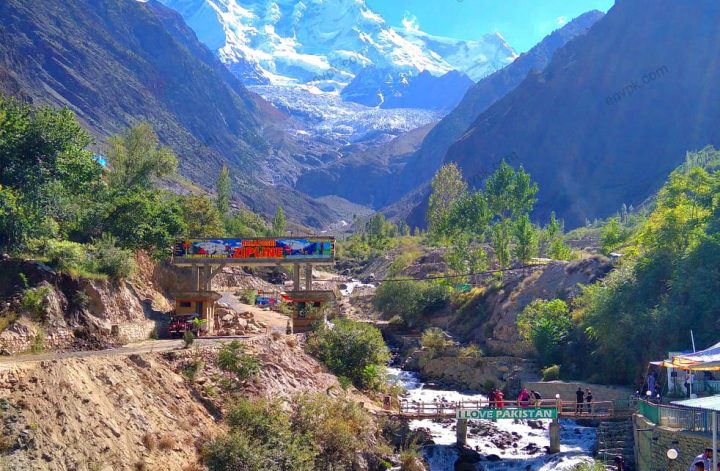On the Road to Parchedness
Seventy-six years since independence and Pakistan continues to encounter different predicaments each day. Sometimes in the face of terrorism, sometimes economic crisis, sometimes political instability, however, the emerging water scarcity crisis which Pakistan faces today had never been foreseen. Unfortunately, this catastrophe has the potential of not only casting deleterious effects upon the current generation, but also upon their successors.
[You might also like to read: Climate Change Is Increasing Water Scarcity Around The World and Impacts of Climate Change on Water Resources of Pakistan]
Pakistan’s water situation is at crossroads. As per IMF, Pakistan’s per capita annual water availability has reduced from 1500 cubic meters in 2009 to 1017 cubic meters in 2021 . This implies that by 2025, 207 million people will face absolute scarcity of water, with less than 500 cubic meters available per person . Based upon these statistics, Pakistan is risked at becoming water stressed by 2025. Pakistan ranks 14th among the 17 ‘extremely high baseline water stress’ countries of the world. However, the plight of Pakistanis is that due to lack of awareness, they live in oblivion to how this calamity can wreak havoc upon its present and future generations. Pakistan can take example from South Africa of what detrimental outcomes accompany water scarcity. In 2018 Cape Town, South Africa was expected to encounter “Day Zero ”, the day when all municipal taps were expected to run dry. Only due to fervent water conservation efforts and fortuitous arrival of rain, the immediate threat passed. However, such instances elucidate the devastation water scarcity can bring if this crisis is neglected.
Various reasons can be attributed to the origin of water scarcity in Pakistan. Some view water scarcity issue in only a political dimension because Pakistan receives seventy-eight percent of India’s water inflows. However, people are aloof of the fact that nearly forty percent of water is wasted in Pakistan due to an outdated infrastructure. Large quantity of water is lost due to seepage and spillage while it is being transported. Similarly, Pakistan faces shortfall in groundwater due to extensive installations of tube wells. There were 2,700 tube wells in Pakistan in 1950, and this number increased to over 600,000 by 2003 . The public suffers by not receiving sufficient water and is also plundered by “Tanker Mafias” in cities like Karachi, which take advantage of the situation by selling water at extortionate rates.
Another primary reason due to which this issue originates is Pakistan’s dereliction in using its natural advantages to counter the issue. One example is Pakistan’s failure in utilizing rainwater. Pakistan receives rainfall ranging between 150 mm (or sometimes less) to more than 1000 mm each year. Due to climate change these statistics vary but the extent of rainwater along with water received from melting glaciers can be ascertained from the fact that several cities in Pakistan experience flooding each year. This creates a potential for Pakistan to ameliorate its water scarcity issues through rainwater harvesting. Rainwater Harvesting is commonly practiced in water stressed municipalities such as Mexico and has even been adopted by developed countries such as Canada. Surprisingly, even India has espoused rainwater harvesting mechanism as a response to water scarcity. Indian state of Tamil Nadu became the first state in India in 2001 to make rainwater harvesting mandatory in each and every building to prevent depletion of groundwater. Other big cities of India, such as Mumbai, Pune and Bangalore have different regulations for compulsory rainwater harvesting, particularly in newer buildings. This does not only provide a one-dimensional benefit, but also provides cheaper water and an independent supply. Pakistani government could endorse the use of these mechanisms by providing advantages to people who adopt this, for example, by giving them tax exemptions. On the other hand, Pakistan must consider increasing its water prices to deter the people from using excessive water and wasting it. [Read: Rainwater Harvesting Project Lahore – Why We Need More? and 10 Easy Ways To Store And Use Rainwater In Your House]

Desalinization, could similarly be practiced so Pakistan makes most use of its resources, however, based on Pakistan’s climate change crisis and economic situation, this would not seem advisable because fossil fuels and costly plants are required for this process, although the mechanism has provided fruitful outcomes in the Middle East, such as Saudi Arabia. Other than utilizing its own resources, Pakistan must draft stringent laws regarding water wastage and water theft. A stricter implementation of such laws accompanied with a more diverse awareness program regarding water scarcity can be adopted to edify the citizens of Pakistan regarding the inexorable consequences of water scarcity.
[For more info on desalination, read: Dire Need of Sea Water Desalination Plants in Sindh Pakistan and Dire Need of Sea Water Desalination Plants in Baluchistan Pakistan
Judiciary has responded to the crisis in a very affirmative and commendable manner. This includes the creation of Judicial Water and Environment Commission which primarily aimed at conserving groundwater levels and quality; however, its scope was soon widened. Former Chief Justice of Pakistan Mian Saqib Nisar adjudicated upon the Diamer-Bhasha dam matter and directed the government to initiate the construction of the dam along with Mohmand dam. Soon the Government of Pakistan had set a fund for the construction of the dam. The ardent intentions of the superior judiciary for preventing Pakistan from becoming water scarce could be evinced when the Supreme Court arranged a two-day international symposium on ‘Creating a water secure Pakistan’. Here the Chief Justice Saqib Nisar commented that Pakistan could live without food but not water and stressed that there is need for arduous efforts in Pakistan to avert the imminent water scarcity crisis in the country. [Also read: Why Construction of Dams is Crucial for Pakistan]
However, despite all these efforts Pakistan remains on the verge of becoming dry by 2025. Public response to the problem has not been very encouraging and therefore, due to lower popularity among public, government has refused to take adequate steps to address the water scarcity crisis in Pakistan. What is appalling is that with such a threat hanging over the head, a substantial amount of water is drained unused annually and no effort is made to treat it so it could be reused. Pakistan has miserably failed to conserve the already limited water resources and continues to exhaust the remaining. Pakistan must educate its people how water is inextricably linked to the survival of the future generations and if Pakistan runs out of water, this would also be an additional burden upon Pakistan’s economy. There is an urgent requirement for Pakistan to address its water scarcity issues in a more effective and methodical manner and the objective of completely ending the crisis could only be attained if all the institutions along with the public, indulge in a joint effort to achieve this common goal.
Also Read:
Water Scarcity Crisis in Pakistan: Causes, Effects, Solutions
The Projected Future of Water Scarcity Crisis In Pakistan
South Asia Water War – Impact of Indian Hegemonic Aim on Pakistan
This article was contributed by Ibrahim Ahmad.
The author is a second-year law student at the University of London external program. He is also an executive member of the Pakistan College of Law Environment and Law Society and can be reached at iba.mrq2001@gmail.com
We hope you liked this post! Please comment below if you have any suggestions, comments or feedbacks! We at #envpk love hearing from readers! Thanks!




